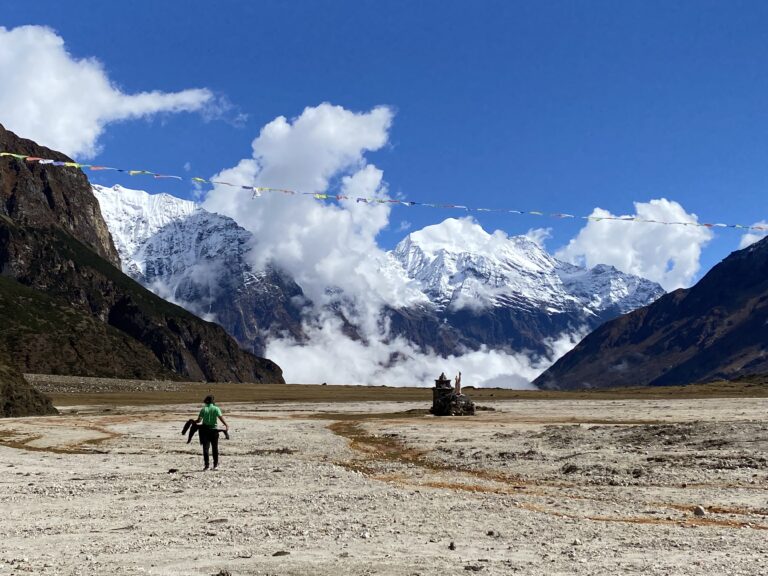A Seminar on Sustainable Transportation
Reflections on Sustainable Mobility: Insights from Mario Tartaglia’s Seminar
As a civil engineering student deeply invested in sustainable development, attending Mario Tartaglia’s seminar on sustainable mobility at the University of Bologna was an enlightening experience. Tartaglia, a renowned industry expert, shared invaluable insights that resonated with my academic pursuits and future professional aspirations.

A Fresh Perspective on Mobility
The seminar began with Tartaglia discussing the current challenges in urban mobility, particularly the urgent need to reduce carbon emissions and manage the growing urban population. His approach to integrating technology with traditional civil engineering practices opened my eyes to innovative solutions that prioritize sustainability. For instance, the concept of “smart” urban planning that leverages data to optimize traffic flow and reduce congestion was particularly fascinating.

Key Takeaways
One of the most significant takeaways from the seminar was the importance of multimodal transport systems. Tartaglia emphasized how combining different modes of transportation can significantly enhance efficiency and sustainability. Learning about the potential of electric and hydrogen-fueled vehicles in reducing the environmental impact of daily commutes was incredibly inspiring.
Moreover, Tartaglia highlighted several global case studies where cities have successfully implemented green mobility solutions. These examples provided a concrete understanding of theoretical concepts, making the learning process much more tangible and relatable.
Implementing Knowledge in Future Projects
As I move forward in my career, the knowledge gained from this seminar will be pivotal. I am particularly eager to explore how advanced materials and technologies can be utilized to design more sustainable transportation infrastructures, such as bridges and roads that accommodate electric vehicles and incorporate renewable energy sources.

This statement”The sword of destiny has two edges. And one of them is you.” serves as a powerful reminder of personal responsibility. It implies that while we are part of a larger system, our individual actions have a significant impact. As future civil engineers, we wield the ‘sword’ of technology and innovation. How we choose to use it—whether to advance sustainable practices or stick to conventional methods—can lead to different outcomes in urban development and environmental preservation
